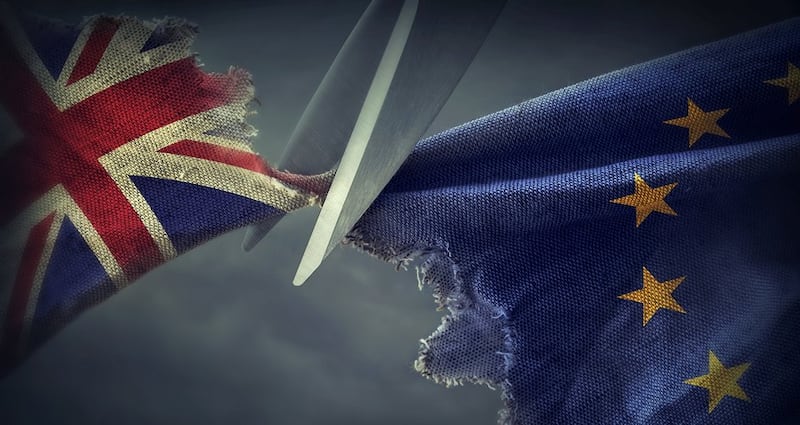There will be no change to the Brexit backstop and it cannot be replaced with an "aspirational" hope or commitment to avoid the return of a hard Border in Ireland, Tánaiste Simon Coveney has said.
The Minister for Foreign Affairs told the BBC nobody has come up with an alternative to the backstop, the insurance policy to avoid a hard Border which would apply if there is no post Brexit trade deal between the EU and UK that would keep crossings open.
The backstop would see the entire UK remain in a common customs area with the EU, with add-ons in respect of both customs and regulations for Northern Ireland to keep the Border with the Republic open.

It is included in the Brexit withdrawal agreement struck last November between the EU and UK but has become the main stumbling block to the deal being ratified in Westminster. Amid expected pressure from Tory MPs and British prime minister Theresa May, Mr Coveney said it will not be changed.
"The backstop is already a compromise," he told The Andrew Marr Show. "Don't forget initially it was an agreement between the EU and the UK that there was a need for a fallback or insurance mechanism to reassure people in Northern Ireland. When the EU then designed what became known as the backstop on the back of that political commitment more than a year ago the British Prime Minister said she didn't like it and she needed it changed. And so it was redesigned.
“So the Irish position is, look, we have already agreed to a series of compromises here, and that has resulted in what is proposed in the withdrawal agreement, and Ireland has the same position as the European Union now, I think, when we say that the backstop, as part of the withdrawal agreement, is part of a balanced package that isn’t going to change.”
He said that “nobody has come up with a pragmatic, sensible and legally sound way of avoiding border infrastructure re-emerging between the two jurisdictions on the island of Ireland”.
He said a review mechanism has already been stitched into the backstop, and warned: “The European Parliament will not ratify a withdrawal agreement that doesn’t have a backstop in it. It’s as simple as that.”
Red lines
On Saturday, Minister of State for European Affairs Helen McEntee told the BBC that the UK must live up to its obligations under the Belfast Agreement to protect the peace process and ensure Brexit does not lead to a hard Border
Ms McEntee insisted the backstop was “absolutely necessary” due to the UK’s red lines on leaving the single market and customs union.
She said: “I think now, for some reason, the onus by the UK has been shifted back on Ireland. That we should compromise. That we are the ones that are trying to be awkward or difficult.
“We are protecting a peace process. There is an obligation on the UK to ensure that the peace process, the Good Friday Agreement, is protected.
“And any suggestion that they can walk away from that, we simply won’t accept that.
“We absolutely expect that the UK will fulfil its commitment, and will live up to its obligations because Brexit, or no Brexit, the UK Government is a co-guarantor of what is an international peace treaty.”
Taoiseach Leo Varadkar on Friday said that in a no-deal scenario, a hard Border “would involve customs posts, it would involve people in uniform and it may involve the need, for example, for cameras, physical infrastructure, possibly a police presence or army presence to back it up.”
Speaking to Bloomberg Television from the Swiss resort of Davos where he was attending the World Economic Forum, Mr Varadkar said: “The problem with that in the context of Irish politics and history is those things become targets.”
A Government spokesman later clarified that the Taoiseach was not referring to Irish personnel or infrastructure. He “was asked to describe a hard border, and gave a description of what it used to look like, and the risk of what it could look like in the worst-case scenario.”











